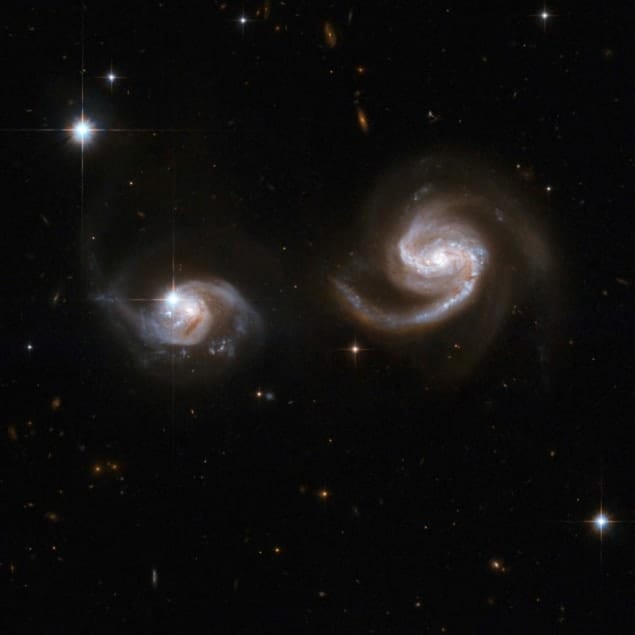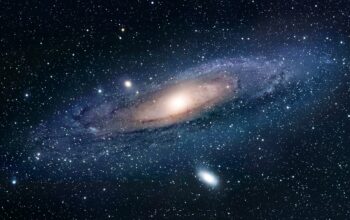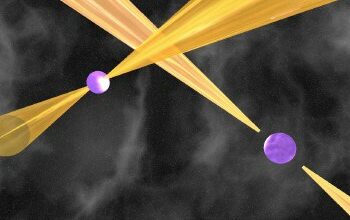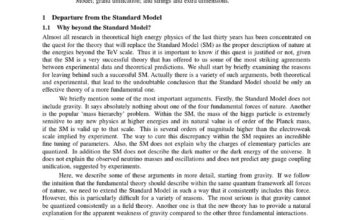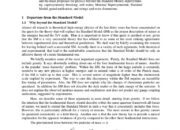Galaxies are not merely luminous bodies scattered throughout the cosmos; they serve as critical indicators of fundamental processes shaping the universe. The concept of dark energy, an enigmatic force driving the accelerated expansion of the universe, profoundly alters our understanding of cosmology. It compels scientists to ponder a thought-provoking question: could the very fabric of galactic formation and evolution illuminate the intricacies of dark energy? Indeed, our exploration into this cosmic riddle invites both curiosity and challenge.
The notion of dark energy emerged from the unexpected discovery in 1998 that distant supernovae were dimmer than anticipated, implicating an acceleration in the universe’s expansion. This revelation prompted the scientific community to reconsider the contents of the cosmos, which is primarily composed of dark matter, dark energy, and baryonic matter—the latter comprising the ordinary matter that makes up stars, planets, and life itself. But what precisely is dark energy? As it stands, it comprises approximately 68% of the universe but remains elusive to direct measurement and comprehension.
To tackle the enigma of dark energy, astrophysicists employ a variety of methods, signifying an interdisciplinary approach that extends beyond traditional observational astronomy. One promising avenue lies in the clustering of galaxies. The distribution of galaxies across the universe can reveal insights into the overall geometry and dynamics of cosmic expansion. Specifically, analyzing the spatial arrangement and behavior of galaxies across vast scales may expose the underlying characteristics of dark energy.
The concept of cosmic structure formation is fundamental in this regard. Galaxies form through gravitational interactions, merging over billions of years, influenced by dark matter’s gravitational pull. As we study the correlation between dark matter and visible galaxies, we gain new perspectives on the dynamics of dark energy. A key phenomenon is the dependency of galaxy clustering on cosmic distance. Generally, at smaller scales, galaxies exhibit a stronger tendency to group together, while, on larger scales, the influence of dark energy becomes pronounced; its repulsive effect overwhelms the attractive force of gravity, thereby leading to greater separation of galaxies.
The shape of galaxy clusters offers vital clues regarding the nature of dark energy. Specifically, research into the geometry—whether it is flat, open, or closed—greatly influences our understanding of both the universe’s fate and the properties of dark energy. For instance, gravitational lensing, the bending of light from distant galaxies due to the mass of foreground clusters, provides a potent tool to map the distribution of both normal and dark matter. When combined with observations of the cosmic microwave background (CMB) radiation, this method enhances our theoretical models of the universe’s evolution.
Moreover, the expansion rate of the universe, quantified by the Hubble parameter, serves as a parameter of paramount importance in cosmological considerations. The rate at which galaxies recede from one another serves as evidence for the existence of dark energy. Recent advancements using large-scale surveys, such as the Dark Energy Survey and the European Space Agency’s Euclid mission, aim to rigorously measure the Hubble parameter and elucidate the relationship between early galaxy formation and contemporary cosmic expansion.
However, the paradigm of dark energy is not without contention. Several challenges arise in the quest for understanding this elusive force. Some theorists question whether dark energy is genuinely a standalone force or if it represents an artifact of our understanding of gravity on cosmological scales. Alternative theories, such as modified gravity models, propose that the behaviors attributed to dark energy could instead stem from deviations in the known laws of gravity at expansive distances.
Additionally, considerations surrounding the cosmological constant—a term introduced by Albert Einstein in his equations of general relativity—pose a dilemma. While the cosmological constant suggests a constant energy density filling space homogeneously, its fine-tuning stirs philosophical and scientific discourse, revealing a discrepancy between quantum field theoretical predictions and cosmological observations. This disparity leads to the so-called “cosmological constant problem,” where theoretical predictions regarding vacuum energy density are many orders of magnitude larger than what is observed.
Despite these challenges, the advancement of technology and methodology in astrophysics continues to refine our understanding. Observations of baryon acoustic oscillations, the imprints of sound waves from the early universe on the density of galaxies, provide another layer of insight into the expansion dynamics of the universe and the role of dark energy within it. As researchers extract more data from surveys across the electromagnetic spectrum, they are likely to gain deeper insights into the interplay between galaxies and dark energy.
In conclusion, probing the relationship between galaxies and dark energy unveils a complex tapestry linking structure formation with the ultimate fate of the universe. The multitudinous pathways to understanding dark energy underscore its significance in the cosmic narrative. As scientists scrutinize the organization of galaxies and employ multifaceted observational techniques, they remain poised to address the enigmas of dark energy. While the cosmos offers profound mysteries, it also provides tantalizing opportunities for discovery. As we continue to expand our horizons in theoretical and observational cosmology, one must ask: how might future explorations further clarify our understanding, or indeed, challenge our existing paradigms? The adventure in unraveling the mysteries of dark energy is far from over.
